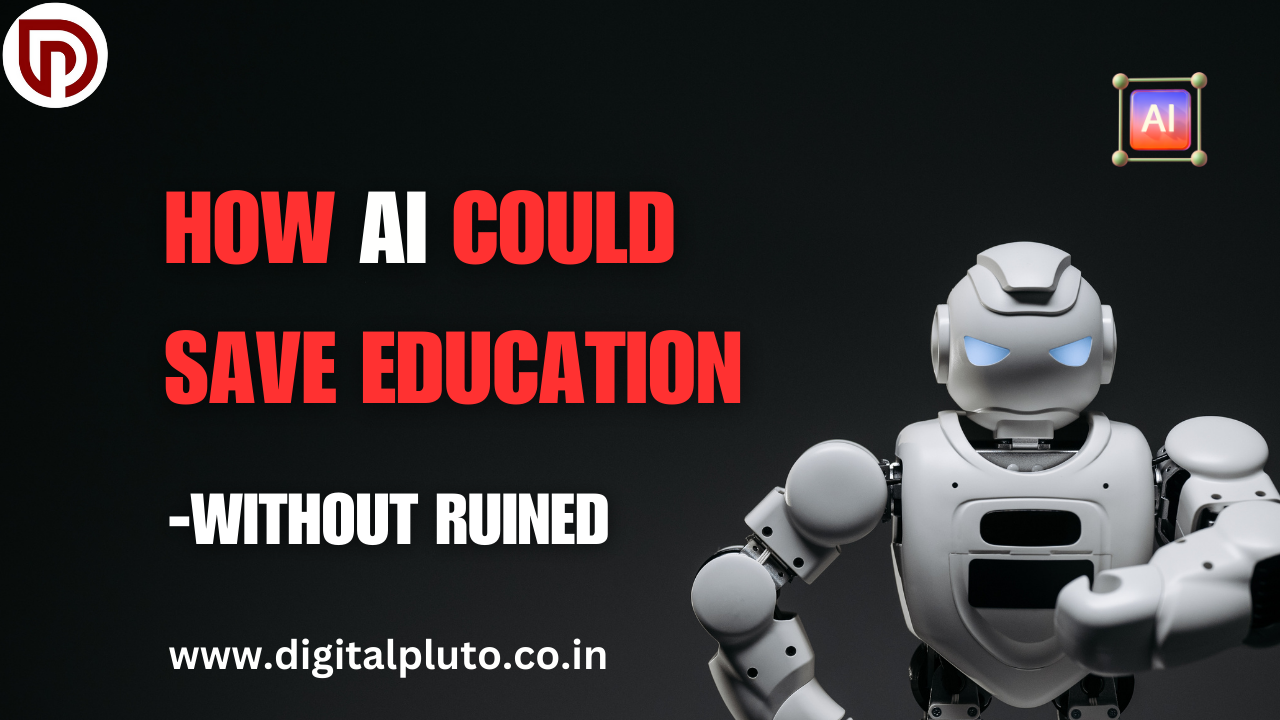
10 Myths & Misconceptions About Web Development Debunk

Web development is a vast and ever-evolving field, and with that comes a lot of myths and misconceptions, especially for those just starting out. In this comprehensive blog post, we’ll dive deep into 10 myths & misconceptions in web development and provide clarity based on research and real-world experience.
Myth. 1: Once You Build a Website or Web App, You’re Done Forever
Far from being a one-time effort, creating a website or web application is something that many people mistakenly think of. Actually, setting up your website is only the first step. A website is an online version of your company, and like your company, it should change and grow with it.
Maintaining your website’s functionality, security, and relevance requires regular updates and maintenance. This can involve making sure your website is optimized for the newest web standards and technologies, updating content, adding new features and functionality, and redesigning the look and feel of the site.
For web developers, especially freelancers, this is great news. It means there’s always work to be done, and you can offer maintenance plans to your clients to provide a steady stream of income in this 10 myths & misconceptions in web development.
Myth. 2: You Need to Learn Everything
New frameworks, technologies, and tools are continually being developed, resulting in a constantly changing landscape for web development. To know everything is just not possible, and attempting to do so can be stressful and unhelpful.
Rather, the secret is to focus on a specific stack or group of technologies. Rather than striving to be a jack of all-trades, you can become more valuable to clients and employers by concentrating on a certain set of abilities.
The trick is to figure out what you need to learn based on your goals and the needs of the projects you’re working on. This may require some research and experimentation, but it will ultimately make you a more efficient and effective web developer.
Myth. 3: You Need a Traditional College Education and Degree
Although it can be helpful, a degree in computer science or a similar discipline is not a prerequisite for success as a web developer. Numerous developers have advanced in their jobs by taking different routes, like online courses, boot camps, self-study, or hands-on training.
Practical experience, abilities, and portfolios are valued in the tech business at least as highly as formal education. A solid portfolio can serve as an effective means of demonstrating your web and application development skills in addition to—if not more so than—a college degree.
That said, there are still some companies that have strict degree requirements, but this is becoming less common as the industry recognizes the value of alternative education and training paths.
Myth. 4: Web Development is Easy
When compared to other software development domains, web development is sometimes perceived as a rather straightforward field. But nothing could be further from the reality than this. The field of web development is intricate and multidimensional, requiring a wide range of expertise.
Web developers must be experts in a variety of different fields in addition to essential technologies like HTML, CSS, and JavaScript. These fields include:
- Front-end frameworks and tools
- Backend languages (e.g., Python, Ruby, Node.js, PHP)
- Database management
- Version control
- Build tools and optimization techniques
- Testing and debugging
- Security best practices
It’s a complex field that demands a deep understanding of both the technical and the user experience aspects of building successful web applications.
Myth. 5: Front-end and Back-end Development are Totally Separate
Although they are two different aspects of web development, front-end and back-end development are not wholly distinct from one another. The two parties collaborate closely to produce a smooth and useful online experience.
You must comprehend their interactions even if you are developing an application with a front-end and back-end that are entirely independent of one another. This entails being aware of ideas like HTTP requests, data passing, sessions, cookies, and REST APIs.
In addition, the distinction between front-end and back-end development is becoming more hazy due to the emergence of server-side rendering (SSR) frameworks like Next.js, Remix, Sveltekit, and Astro. These tools further integrate the two disciplines by enabling you to create full-stack apps from a single codebase.
A comprehensive comprehension of both front-end and back-end technologies is typically necessary to construct a coherent and functional web application, even in conventional web development setups where these domains are more clearly defined.
Myth. 6: Web Development is Dead, and AI Will Replace Web Developers
It is normal to worry that AI will replace web developers, but it is crucial to maintain perspective. Although AI is getting more powerful and sophisticated, web development is not the only industry facing this danger.
Web development is an extremely creative field that calls for the ability to solve problems, comprehend user demands, and create solutions that address those needs. These are domains where AI still finds it difficult to match human talents, particularly in the field of context and emotion interpretation.
One should concentrate on what they can achieve right now and what they enjoy doing rather than worrying about the possible dangers posed by AI. AI has the potential to offer developers useful tools that will improve their productivity and effectiveness at work.
The future is unpredictable, but web developers can position themselves to prosper regardless of technological improvements by remaining flexible, learning new things constantly, and concentrating on the value they can bring to the table in this 10 myths & misconceptions in web development.
Myth. 7: Web Development is Just About Writing Code
While coding is a critical component of web development, it’s just one part of a broader process. Successful web development involves a range of skills and responsibilities, including:
- Design principles and user experience
- Planning and project management
- Database management and server-side logic
- Security best practices
- Collaboration and communication with clients, designers, and other stakeholders
Although having strong coding skills is beneficial, it is not a guarantee for success in the web development field. Just as important are the capacities to comprehend user demands, collaborate with others efficiently, and provide solutions that address those needs.
The field of web development is broad and demands a variety of abilities beyond programming. The career prospects and general success of a web developer can be considerably improved by identifying and acquiring these broader competencies.
Myth. 8: WordPress Developers are Not “Real” Developers
There is a misperception that WordPress developers are not “real” developers. People who might not completely comprehend the breadth of knowledge and expertise needed to use WordPress efficiently frequently hold this opinion.
Skill sets of professional WordPress developers include knowledge of PHP, JavaScript, HTML, CSS, SQL, and other languages. They are proficient in working with databases and APIs, developing and maintaining websites, and optimizing them for speed and security.
It is true that some novices may begin by just installing pre-made themes and plugins, but as they get more experience with WordPress, they will unavoidably need to learn how to modify and create original solutions in order to satisfy the particular requirements of their projects or clients.
Installing themes and plugins is usually the first step in the process, but gradually one learns to code, tweak, and create the products their clients require, which takes them closer to full-stack development. This is a typical path for WordPress developers.
Dismissing WordPress developers as not being “real” developers is a narrow and often uninformed perspective. These professionals possess a diverse set of skills and play a vital role in the web development ecosystem.
Myth. 9: You Need a Fancy Design for a Successful Website
Contrary to popular belief, a website or online application does not necessarily need to have an eye-catching design in order to succeed. Although a visually beautiful design might improve the user experience, it is by no means the most crucial element in determining a website’s success.
Several of the most well-known and prosperous websites—including Wikipedia, Reddit, Stack Overflow, Craigslist, Google, and Craigslist—do not have very striking designs. Nonetheless, they are very user-friendly, highly practical, and tailored to the demands of their intended market.
The key factors that contribute to a website’s success include:
- Functionality and ease of use
- Responsive and accessible design
- Fast loading times
- Optimized for search engines
- Relevant and valuable content
While a visually appealing design can help attract users initially, it should never come at the expense of the website’s core functionality and user experience. Prioritizing usability and meeting the needs of your target audience is far more important than having a fancy design.
Myth. 10: The More Features, the Better
Another widespread misperception is that a website would function better the more features it has. This is frequently not the case, though. In actuality, the opposite may occur: packing on extra features can make a website unnecessarily large, sluggish, and confusing for visitors.
Making a website that is straightforward, easy to use, and intuitive should be the aim. Make sure you incorporate only those elements that are really required to fulfill the demands of your customers and end users. As the project develops and the requirements alter, you can always add more features afterwards.
Keeping your website lean and focused on the essential functionality will result in a better user experience and make it easier to maintain and update over time. Remember, less is often more when it comes to successful web development.
Conclusion
We intend to create a more nuanced perspective of the web development ecosystem by dispelling these ten myths and misconceptions. Keep in mind that the industry is always changing, so the best course of action is to remain flexible, concentrate on your strong points, and never stop learning new things. Check out the accessible resources if you are interested in developing your web development abilities further.
Follow https://www.digitalpluto.co.in/ for more latest updates about digital marketing.

![How To Make Your Website Secure: [Strategies And Steps]](https://digitalpluto.co.in/wp-content/uploads/2024/10/Featured-Images-Web-Development-1.png)



